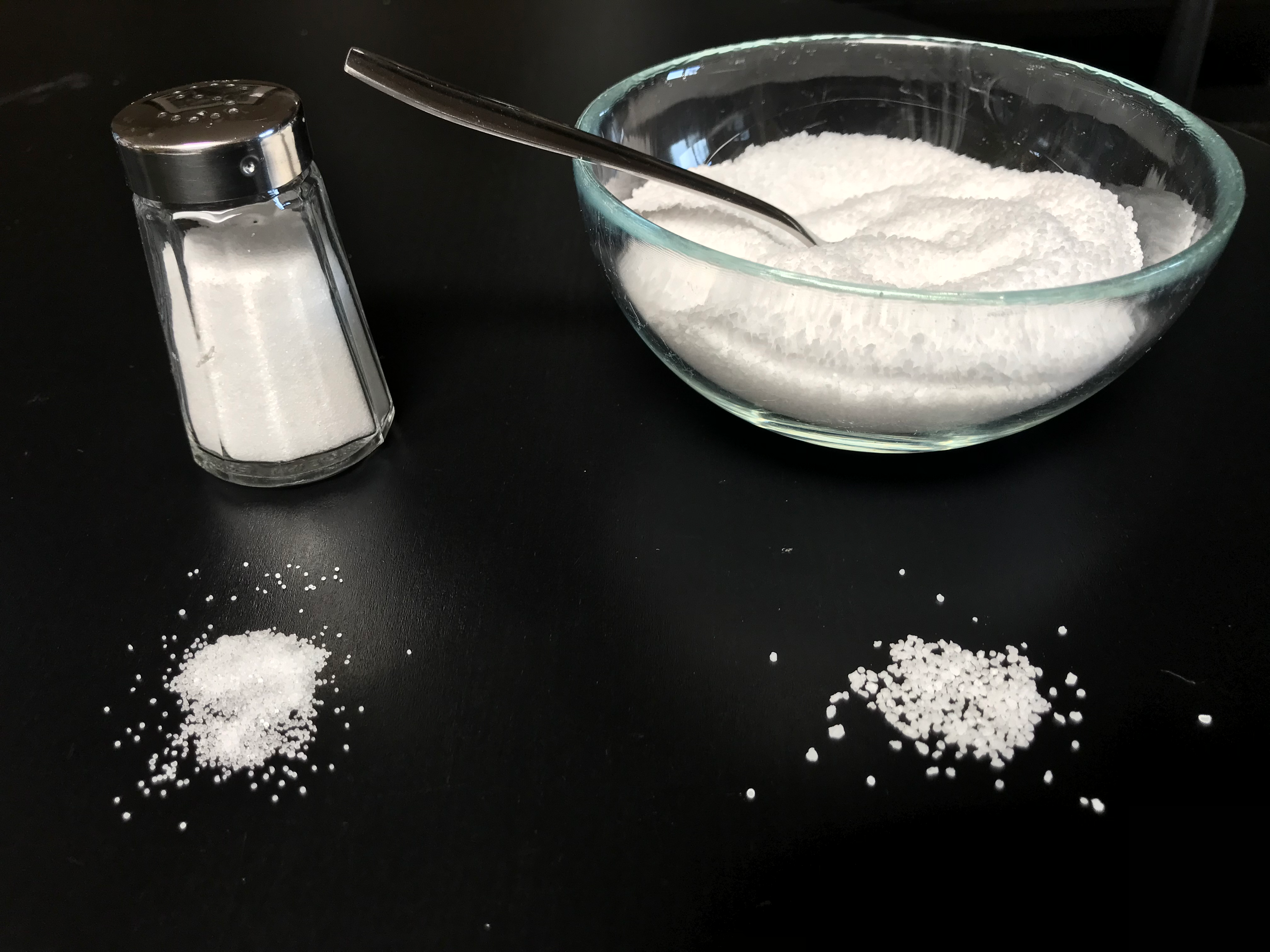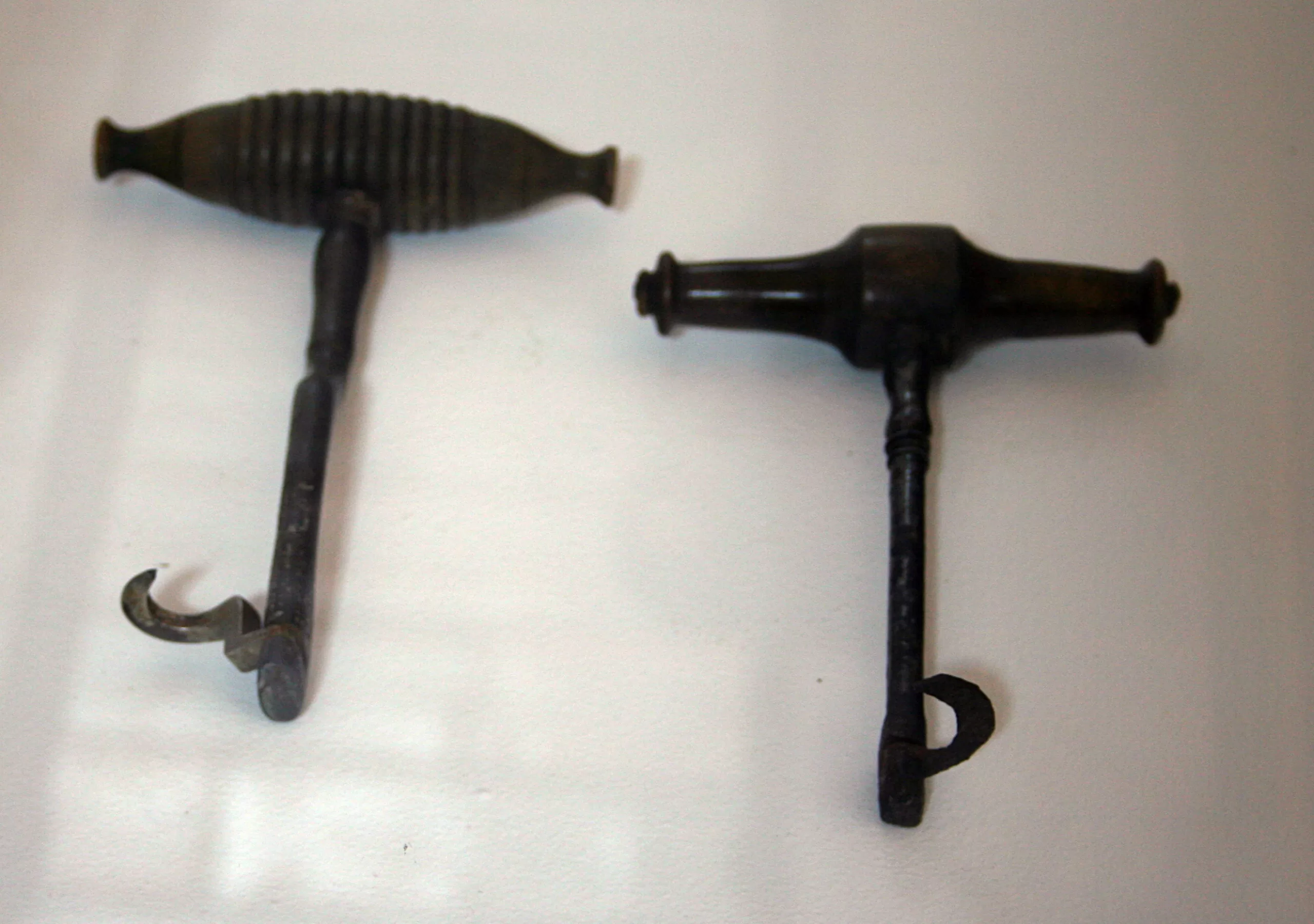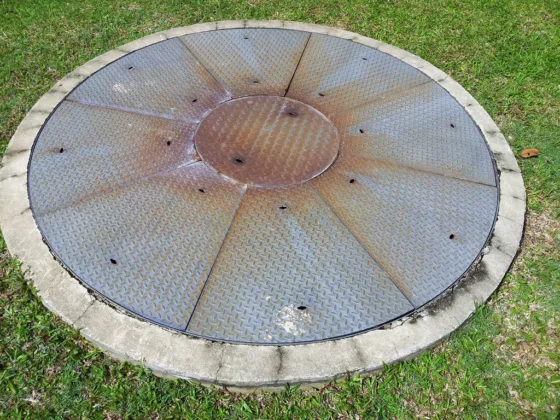Hard water is a common issue that affects many households and businesses worldwide.
When water contains high levels of minerals such as calcium, magnesium, and sometimes iron, it is considered hard water.
While hard water is generally safe to drink, it can create several problems and inconveniences in daily life.
The solution to combat hard water and its negative effects is a water softener.

Water softeners are appliances designed to remove or reduce the concentration of these minerals from the water, converting hard water into soft water.
Soft water, in contrast, contains minimal levels of these minerals, making it gentler on household appliances, plumbing systems, and even on the skin and hair.
Purpose and Benefits of Water Softeners:
Scale Prevention:
The primary purpose of water softeners is to prevent the formation of scale.
Scale, also known as limescale, is the result of minerals in hard water precipitating and forming solid deposits.
These deposits can build up in pipes, appliances like water heaters and washing machines, and even on fixtures, reducing their efficiency and lifespan.
Extend Appliance Lifespan:
By preventing scale buildup, water softeners help prolong the lifespan of appliances.
Household appliances that use water, such as dishwashers and coffee makers, are less likely to suffer from the damaging effects of scale, saving you money on repairs and replacements.
Improved Cleaning and Lathering:
Soft water improves the effectiveness of soaps and detergents, making them lather more easily and enhancing their cleaning power.
This means you can use less soap for tasks like laundry and dishwashing, leading to cost savings over time.
Softer Skin and Hair:
Soft water is gentler on the skin and hair compared to hard water. Hard water can leave residue on the skin, resulting in irritation and dryness.
In contrast, soft water allows soap and shampoo to rinse away more effectively, leaving the skin and hair feeling smoother and healthier.
Energy Efficiency:
Water heaters in areas with hard water tend to work less efficiently due to scale buildup on their heating elements.
Water softeners can improve the energy efficiency of water heaters and other water-using appliances, leading to reduced energy consumption and lower utility bills.
While water softeners provide numerous benefits, it’s essential to choose the right type of water softener based on your water hardness levels, budget, and environmental considerations.
Two common types of water softeners are salt-based and salt-free systems, each with its own set of advantages and limitations.
Understanding how these systems work and their impact on water quality and the environment is crucial in making an informed decision about which water softener is best suited for your needs.
How Salt-Based Water Softeners Work?
Salt-based water softeners, also known as ion exchange water softeners, are one of the most common and effective methods for treating hard water.
Read Also :
These systems use a process called ion exchange to remove the minerals responsible for water hardness, primarily calcium, and magnesium, and replace them with sodium ions.
Here’s a detailed explanation of how salt-based water softeners work:
Resin Tank:
The heart of a salt-based water softener is the resin tank, which contains thousands of tiny resin beads.
These beads are typically made of a special polymer called ion exchange resin, which is negatively charged. The resin beads are responsible for the ion exchange process.
Brine Tank:
The salt-based water softener also includes a separate brine tank. This tank stores a concentrated solution of water and salt (sodium chloride).
The salt is used to regenerate the resin beads when they become saturated with calcium and magnesium ions.
Ion Exchange Process:
When hard water enters the resin tank, the calcium and magnesium ions in the water are attracted to the negatively charged resin beads.
As a result, the calcium and magnesium ions are pulled away from the water and adhere to the resin beads, while sodium ions from the resin are released into the water.
Softened Water Output:
After passing through the resin tank, the water is now considered “soft” since it contains significantly reduced levels of calcium and magnesium ions.
The water is then directed to the household plumbing system, where it can be used for various purposes like drinking, washing, and bathing.
Recharging the Resin:
Over time, as the resin beads become saturated with calcium and magnesium ions, the water softener needs to regenerate the beads to maintain its effectiveness.
This is where the brine tank comes into play.
During the regeneration process, the water softener flushes the brine solution from the brine tank into the resin tank.
The high concentration of sodium ions in the brine displaces the calcium and magnesium ions on the resin beads.
The calcium and magnesium ions are then rinsed away along with the excess brine solution, flushing them out of the system.
Automatic Control:
Most modern salt-based water softeners have an automatic control valve that initiates the regeneration process based on water usage and the capacity of the resin tank.
This automation ensures that the water softener operates efficiently without the need for constant monitoring.
Pros and Cons of Salt-Based Water Softeners:
Pros:
- Highly Effective: Salt-based water softeners are extremely effective at removing minerals that cause water hardness, providing excellent water quality.
- Proven Technology: Ion exchange water softeners have been used for decades and have a well-established track record.
- Complete Removal: These systems completely remove calcium and magnesium ions, leaving the water genuinely soft.
Cons:
- Salt Discharge: The regeneration process generates a salty brine solution that is discharged into the wastewater. This can be a concern for environmentally conscious individuals, especially in areas with water scarcity.
- Ongoing Maintenance: Salt-based water softeners require regular replenishment of salt in the brine tank and occasional resin replacement.
- Sodium Content: The ion exchange process replaces calcium and magnesium with sodium ions, which may not be ideal for individuals on sodium-restricted diets.
Despite the drawbacks, salt-based water softeners remain a popular choice for many homeowners due to their effectiveness in combating hard water issues and providing numerous benefits for household appliances and plumbing systems.
However, if the environmental impact or health concerns associated with sodium are important considerations for you, exploring alternative water-softening methods like salt-free systems might be a viable option.
Water Softening Mechanism:
Salt-Based Water Softeners:
Salt-based water softeners use a process called ion exchange to remove calcium and magnesium ions from the water, which causes water hardness.
These systems employ a resin bed filled with ion exchange resin beads that attract and replace the calcium and magnesium ions with sodium ions, thus softening the water.
During the regeneration process, a brine solution is used to flush out the accumulated calcium and magnesium ions from the resin bed.
Salt-Free Water Softeners:
Salt-free water softeners work differently from salt-based systems.
They do not remove minerals from the water but instead, they alter the structure of the minerals through a process known as Template Assisted Crystallization (TAC).
TAC changes the hardness-causing minerals into microscopic crystals, preventing them from sticking to surfaces and forming scale.
Effectiveness:
Salt-Based Water Softeners:
Salt-based water softeners are highly effective in providing true water softening by removing calcium and magnesium ions completely.
They significantly reduce the negative effects of hard water, such as scale buildup on appliances and plumbing.
Salt-Free Water Softeners:
Salt-free water softeners are not as effective as salt-based systems in removing minerals.
They do not eliminate calcium and magnesium ions but rather neutralize their adverse effects by transforming them into harmless crystals.
Salt-free softeners are more suitable for areas with moderately hard water, while they may not be as effective in regions with very hard water.
Maintenance:
Salt-Based Water Softeners:
These systems require regular maintenance, including replenishing the salt in the brine tank and periodic resin bed replacement.
The frequency of maintenance depends on water usage and the water hardness level.
Salt-Free Water Softeners:
Salt-free water softeners have lower maintenance requirements compared to salt-based systems.
They typically do not need salt refills or frequent resin bed replacements.
Once installed, salt-free softeners generally require minimal attention, making them more convenient for some homeowners.
Environmental Impact:
Salt-Based Water Softeners:
One significant concern with salt-based water softeners is the discharge of salty brine into wastewater during the regeneration process.
This brine can potentially harm the environment and contribute to water pollution.
Salt-Free Water Softeners:
Salt-free water softeners are often considered more environmentally friendly since they do not discharge harmful chemicals or contribute to excessive salt levels in the water supply.
Health Considerations:
Salt-Based Water Softeners:
The ion exchange process in salt-based water softeners replaces calcium and magnesium with sodium ions, increasing the sodium content in softened water.
While the increase is usually not significant, it may be a concern for individuals on sodium-restricted diets.
Salt-Free Water Softeners:
Salt-free water softeners do not add sodium to the water, making them a preferred option for individuals seeking low-sodium water treatment solutions.
In summary, the choice between salt and salt-free water softeners depends on several factors, including water hardness levels, environmental impact, maintenance preferences, and health considerations.
It is essential to evaluate your specific water quality needs and lifestyle preferences to select the most suitable water softener that will efficiently address hard water issues while aligning with your values and requirements.
Conclusion
Choosing the right water softener is a decision that can significantly impact your daily life, the efficiency of your appliances, and the overall quality of water in your home.
Throughout this article, we have explored the key differences between salt-based and saltless water softeners reviews, highlighting the top facts you need to consider before making your choice.
If you are looking for a water softener that provides effective water softening by completely removing calcium and magnesium ions, a salt-based water softener is an excellent option.
These systems have a proven track record of delivering softened water that prevents scale buildup and extends the lifespan of appliances and plumbing systems.
On the other hand, if you are concerned about the environmental impact of discharging salty brine into wastewater or prefer a water softener that does not add sodium to your water, a salt-free water softener might be more suitable.
While salt-free systems do not remove minerals, they prevent scale formation and protect your appliances and plumbing without the need for regular salt refills or resin replacements.
In the end, the best choice for you depends on several factors, including water hardness levels, environmental considerations, maintenance preferences, and health concerns.
Consider your specific water quality needs and lifestyle requirements to make an informed decision.
If you live in an area with moderately hard water and prioritize environmental sustainability, a salt-free water softener could be an ideal fit.
It offers convenience and minimal maintenance while being gentler on the environment.
On the other hand, if you have very hard water and desire the most efficient water-softening solution, a salt-based water softener may be the right choice.
It will deliver the highest level of water-softening performance, ensuring that your appliances and plumbing systems are well-protected.
In conclusion, both salt-based and salt-free water softeners have their merits, and there is no one-size-fits-all solution.
Carefully evaluate the pros and cons of each system and consider the specific needs and preferences of your household.
Regardless of which water softener you choose, the investment in a quality water treatment system will lead to softer, more manageable water that benefits your health, appliances, and plumbing for years to come.
Remember to regularly maintain your chosen water softener to ensure its optimal performance and continue enjoying the advantages of soft water throughout your home.









